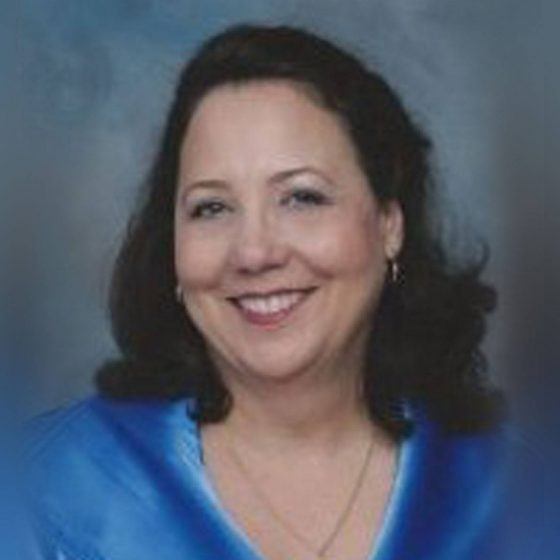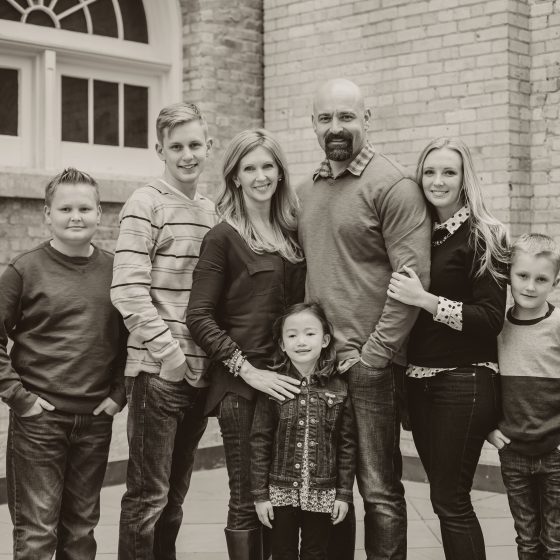Nolan Auerbach & White is an experienced Hospital Fraud Law Firm helping courageous whistleblowers.
Medicare promulgated guidance for Medicare Administrative Contractors (MACs) to facilitate review of hospital in-patient services. The guidance, known as “The 2-Midnight Benchmark and Presumption”, was clarified in a Fact Sheet which instructed claims reviewers to generally approve in-patient stays of two or more midnights as payable in-patient stays. However, the Fact Sheet included the following admonition to hospitals:
This policy applies to inpatient hospital admissions where the patient is reasonably expected to stay at least two midnights, and where (in addition) the medical record supports the expectation that the patient would stay at least two midnights.
In other words, the hospital record must substantiate the basis for the 2-midnight expectation, inclusive of objective medical findings supporting the need for services of at least this duration. If a patient is admitted as an inpatient but ultimately stays less than 2 midnights, the admission is likely targeted for review, and hospital payment at the inpatient level will depend on whether the physician adequately documented the expectation that care would span at least 2 midnights, at the time of the patient initial presentation to the facility.
The opportunity to engage in Medicare fraud as a result of the presumption is clear. In a 2014 update addressing 2-midnight audits, CMS issued the following clarification and notice to hospitals:
CMS will instruct medical review contractors to monitor inpatient hospital claims spanning 2 or more midnights after admission for evidence of systematic gaming, abuse, or delays in the provision of care in an attempt to qualify for the 2-midnight presumption. CMS will instruct Medicare review contractors to identify such trends through probe reviews and through its data sources…
Thus, by initiating a time-based threshold for the presumption of an appropriate Part A inpatient admission, and by removing the medical necessity documentation requirement for claims processing contractors, CMS recognized that gaming was a risk. However, if further audits are undertaken on an in-patient episode of care, given a suspicion of abuse, then the record must clearly establish that the services provided meet the reasonable and necessary standard. As recently clarified, even though the two-midnight rule will not be used to make medical necessity determinations regarding the inpatient admission during this period, CMS instructed physicians to continue to apply the standard when implementing their admission decisions. CMS anticipated that the information necessary to support such determinations should be easily inferred from the patient’s plan of care, treatment orders, and physician notes, in the event a contractor decides that an audit is appropriate.
Finally, to establish the threshold for in-patient services, Part A facilities must abide by the Medicare definition of a hospital in-patient. Accordingly, the medical record must satisfy the documentation requirements for in-patient services as set forth in Chapter 1 of the Medicare Benefit Policy Manual:
The decision to admit a patient is a complex medical judgment which can be made only after the physician has considered a number of factors, including the patient’s medical history and current medical needs, the types of facilities available to inpatients and to outpatients, the hospital’s bylaws and admissions policies, and the relative appropriateness of treatment in each setting. Factors to be considered when making the decision to admit include:
-
The severity of the signs and symptoms exhibited by the patient;
-
The medical predictability of something adverse happening to the patient (absent in-patient level of care);
-
The need for diagnostic studies, that appropriately are outpatient services, to assist in assessing whether the patient should be admitted;
-
The availability of diagnostic services at the time when and at the location where the patient presents.
The current Medicare Part A regulation regarding the 2-Midnight Rule is set forth in 42 CFR 412.3


